New house and yard
dchall_san_antonio
9 years ago
Related Stories

FUN HOUZZDouble Take: Did MoMA Drop a Mini House in the Yard?
Or maybe it's garden art or even a modernist-loving giant's step stool. Use your imagination, then get the true tale here
Full Story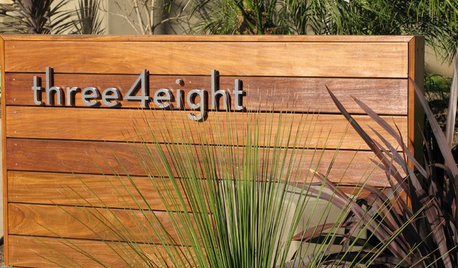
CURB APPEAL7 Finishing Touches for a Thoughtful Front Yard
Make a great first impression with artful house numbers, water features, garden art and more
Full Story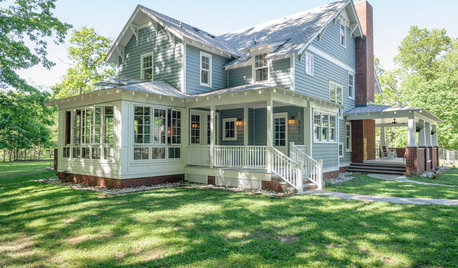
MONTHLY HOME CHECKLISTSTo-Dos: Your May Home Checklist
Get your house and yard in order now, and you’ll be ready to enjoy the summer days ahead
Full Story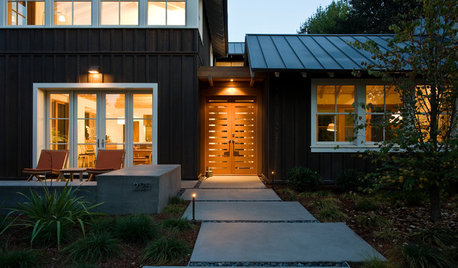
CURB APPEALEntry Recipe: Contemporary Farmhouse Style in a Suburban Setting
This new build sets a neighborly tone with a front-yard patio and an exterior created in scale with other houses on the street
Full Story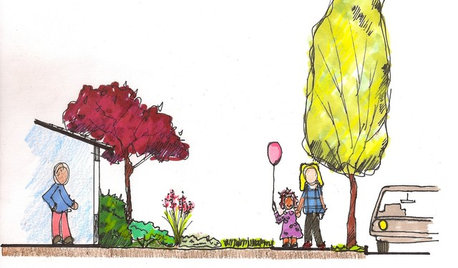
LANDSCAPE DESIGNGive Curb Appeal a Self-Serving Twist
Suit yourself with a front-yard design that pleases those inside the house as much as viewers from the street
Full Story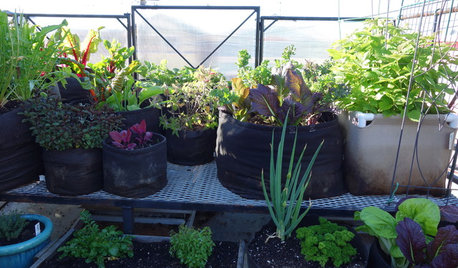
FARM YOUR YARDAn Urban Greenhouse Overflows With Edibles
Making meals just means stepping into the yard for a San Francisco couple who revamped an old orchid house
Full Story
FARM YOUR YARDAdvice on Canyon Farming From L.A.'s Vegetable Whisperer
See how a screened garden house and raised beds help an edible garden in a Los Angeles canyon thrive
Full Story
GARDENING AND LANDSCAPINGBuild a Raised Bed to Elevate Your Garden
A bounty of homegrown vegetables is easier than you think with a DIY raised garden bed to house just the right mix of soils
Full Story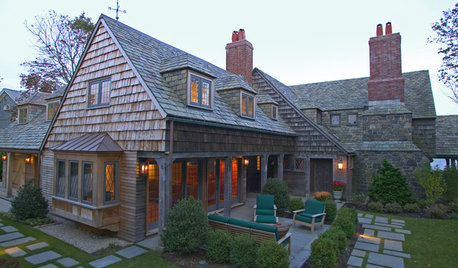
REMODELING GUIDESAdding On: 10 Ways to Expand Your House Out and Up
A new addition can connect you to the yard, raise the roof, bring in light or make a statement. Which style is for you?
Full Story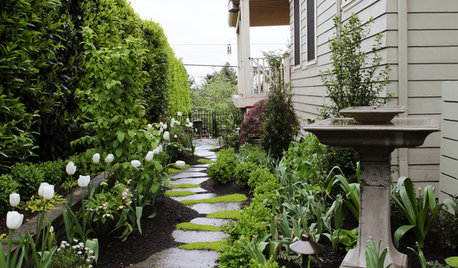
MOST POPULAR25 Ideas to Perk Up Your Side Yard
Turn this often overlooked area into an enticing and useful outdoor space
Full StoryMore Discussions







morpheuspa (6B/7A, E. PA)
yardtractor1
Related Professionals
Kenmore Landscape Architects & Landscape Designers · Washington Landscape Architects & Landscape Designers · Bell Gardens Landscape Contractors · Cambridge Landscape Contractors · East Lake-Orient Park Landscape Contractors · Eustis Landscape Contractors · Fridley Landscape Contractors · Hendersonville Landscape Contractors · Old Saybrook Landscape Contractors · Point Pleasant Landscape Contractors · Southbury Landscape Contractors · Teaneck Landscape Contractors · The Woodlands Landscape Contractors · Baileys Crossroads Landscape Contractors · Willoughby Swimming Pool Buildersdchall_san_antonioOriginal Author